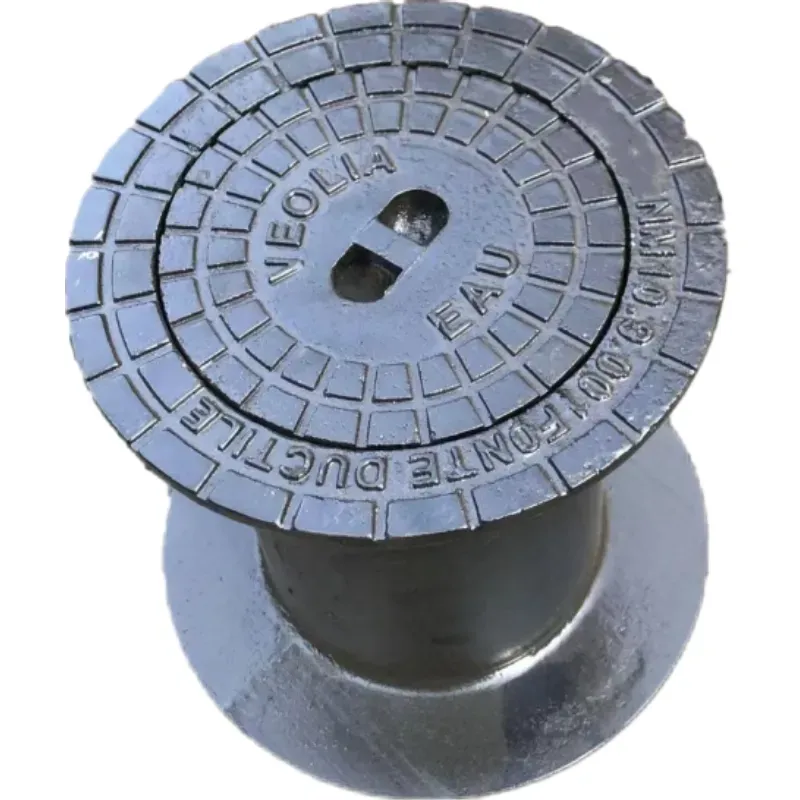why are manholes cover round
Why Are Manhole Covers Round?
Manhole covers are a common sight on streets and sidewalks, yet the shape of these covers is a fascinating topic that often goes unnoticed. Most people may wonder, why are manhole covers round? This question touches on engineering, safety, practicality, and tradition—all of which converge in this seemingly simple yet essential element of urban infrastructure.
1. Engineering and Design Considerations
From an engineering perspective, round shapes offer several advantages. First and foremost, a circular manhole cover cannot fall into the hole it covers. This is due to the uniform diameter that allows it to rotate and fit perfectly in place regardless of its orientation. In contrast, square or rectangular covers could potentially be inserted diagonally and may fall through their openings. This risk poses a serious safety hazard for pedestrians and vehicles alike.
Moreover, round covers distribute stress evenly. When vehicles drive over them, the pressure is distributed equally across the circular surface, which minimizes the risk of cracking or breaking. This is especially important in urban environments where road traffic can be heavy. The circular design thus ensures durability and reliability, reducing maintenance costs.
The circular shape also contributes to manufacturing and installation efficiency. Producing round covers is generally simpler than crafting square or rectangular ones, as the uniform shape allows for streamlined manufacturing processes. Additionally, circular covers can be rolled, making them easier to transport and position during installation. This can significantly reduce labor costs and time, which is crucial for municipal budgets.
3. Traditional and Aesthetic Factors
why are manholes cover round

Tradition also plays a role in the prevalence of round manhole covers. Although there are some square or rectangular covers, the round shape has become the industry standard in many places. This standardization simplifies design and ensures that workers are accustomed to handling them. Furthermore, round covers can be designed to fit in circular frames, which can be aesthetically pleasing in urban landscapes. Many cities go a step further, incorporating artistic designs and logos into the circular covers, turning them into features of public art.
4. Safety and Mobility
Apart from engineering and design factors, safety is a significant consideration. The absence of sharp corners in round covers makes them safer for pedestrians, particularly in busy urban environments. Sharp edges can be a hazard, especially for people carrying groceries or navigating on crutches. With round edges, there is a reduced risk of injury, which is crucial for public safety.
In addition to the safety of people, round manhole covers also allow for easier movement of maintenance personnel. When lifting covers to access underground utilities, workers can easily handle round shapes without worrying about aligning them perfectly, thus streamlining their workflow during repairs or inspections.
5. Global Standardization and Varieties
Interestingly, the universality of round manhole covers might be waning as cities around the world experiment with different designs. For example, some municipalities are beginning to explore other shapes, such as hexagonal or custom-shaped covers. These innovations, however, often still draw inspiration from the practicality of the round shape. As urban design continues to evolve, the classic round manhole covers remain a reliable standard, appreciated for their time-tested benefits.
Conclusion
Manhole covers may seem trivial at first glance, but their round shape is a perfect blend of functionality and practicality. The engineering principles that govern their design protecting pedestrians and vehicles alike underscore their importance in urban planning. As cities continue to evolve, the round manhole cover stands the test of time, representing a brilliant solution for a common challenge in our urban landscapes. Next time you walk down a city street, take a moment to appreciate the round manhole cover beneath your feet—it's a small but crucial element of the infrastructure that keeps our cities functioning smoothly.
-
The Smarter Choice for Pedestrian AreasNewsJun.30,2025
-
The Gold Standard in Round Drain CoversNewsJun.30,2025
-
The Gold Standard in Manhole Cover SystemsNewsJun.30,2025
-
Superior Drainage Solutions with Premium Gully GratesNewsJun.30,2025
-
Superior Drainage Solutions for Global InfrastructureNewsJun.30,2025
-
Square Manhole Solutions for Modern InfrastructureNewsJun.30,2025
-
Premium Manhole Covers for Modern InfrastructureNewsJun.30,2025
